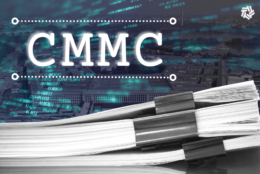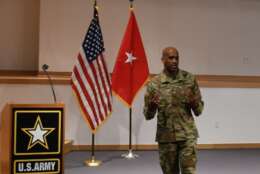Hubbard Radio Washington DC, LLC. All rights reserved. This website is not intended for users located within the European Economic Area.
On Air: Federal News Network
Data Management
Sponsored by


In addition to the dirt and water the U.S. Army Corps of Engineers moves around the world for its projects, it also has to shift a considerable amount of data.
Read moreThe Army’s chief information officer said the service has an “operational imperative” to migrate data to a cloud environment.
Controlling and protecting the new U.S. Space Force’s satellites will require plenty of data. Some of the Space Force’s assets will carry over from the Air Force but it is still a new operation.
If you don’t know what data you have, how can you protect it, manage it and find value in it?
-
Data security’s integral role in the digital age
Many regulations require that companies working with national security information implement aggressive levels of cybersecurity.
-
Contracting officers benefit from a bot in the seat to their right
The Office Of Management and Budget and General Services Administration have been fielding a data integration tool to help contracting officers.
-
New strategy, A-123 update to help reduce improper payments
David Lebryk, the fiscal assistant secretary at Treasury, said a new strategy provides tools, best practices and guidance to improve federal payments.
-
Robust data management is key to harnessing the power of emerging technologies
Comprehensive data management is key to unlocking seamless, personalized and secure CX for government agencies.
-
Countdown to Compliance: Understanding NARA’s rules for text messaging
Federal agencies have just weeks to prepare for changes in digital record standards, here’s how agencies can help ensure compliance.
-
Gen. Rey reflects on leading Network Cross Functional team
Maj. Gen. Jeth Rey focused on four pillars, including agnostics transport and moving the Army toward a data-centric environment, over the last three years.
-
Agile, adaptable, modular: The future of Army C2
The Army’s Next Generation Command and Control (NGC2) Capability Characteristics or C2Next is the roadmap for developing a different kind of command post.
-
Improving citizen experience with proper data management
By harnessing data-driven decision-making, agencies can significantly enhance the quality and efficiency of services provided to citizens.












